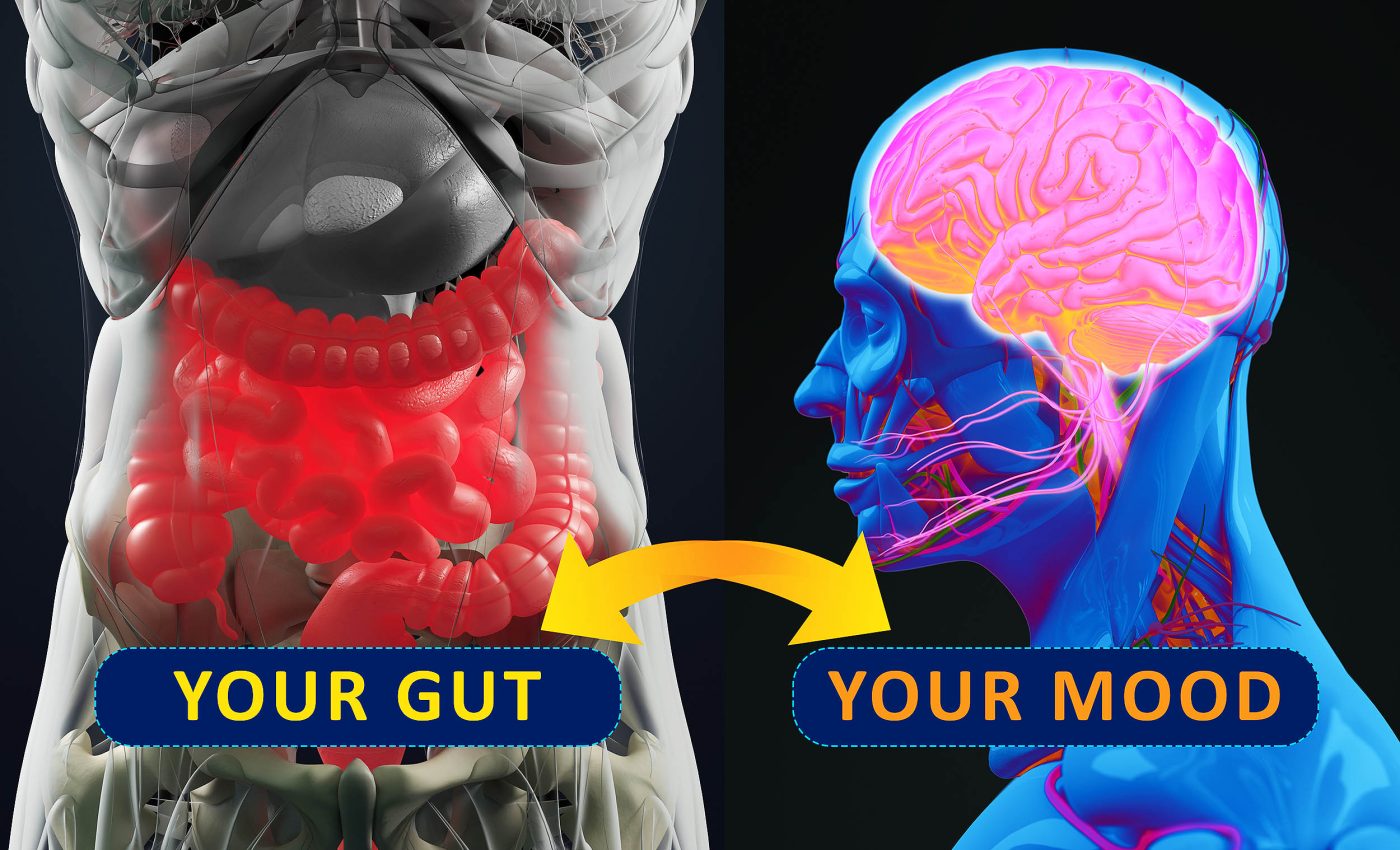
Your stomach's natural 'rhythm' is directly connected to mental stress and wellbeing
Scientists have long known that the stomach, gut, and brain are in constant conversation, but new research suggests that this dialogue may not always be beneficial.
A large human study finds that when the stomach’s natural rhythm locks too tightly with brain activity, it tracks higher levels of anxiety, depression, and stress – and lower overall wellbeing.
The findings, drawn from brain and stomach recordings in more than 200 adults, point to specific control networks in the brain where this coupling is strongest. Instead of signaling resilience, the pattern appears to reflect a system under psychological strain.
When stomach-brain sync goes wrong
Lead author Leah Banellis and senior author Micah Allen, both at Aarhus University’s Department of Clinical Medicine, led the work. Their team focused on the stomach’s own rhythm instead of gut microbes.
“The stomach’s connection to the brain may actually be too strong in people under psychological strain,” said Banellis. The remark points to a body signal that may index distress.
“Intuitively, we assume stronger body-brain communication is a sign of health. But here, unusually strong stomach-brain coupling seems linked to greater psychological burden, perhaps a system under strain,” said Allen.
The pattern suggests a measurable signature rather than a broad, non-specific gut effect.
The paper reports that coupling in frontoparietal regions, not primary sensory cortex, indexed worse mental health across multiple symptoms. That specificity distinguishes the signal from general noise in the data.
Stomach rhythm affects the brain
The stomach houses the enteric nervous system, a large neural network that can orchestrate digestion independently while communicating bidirectionally with the central nervous system.
Researchers sometimes call it the body’s “second brain” for its scale and autonomy.
Its intrinsic electrical rhythm runs about three cycles per minute in healthy adults, which works out to roughly one wave every 20 seconds. That slow beat sets an upper limit on how often the stomach can contract.
Specialized pacemaker cells, the interstitial cells of Cajal, generate and propagate these slow waves through the stomach wall. Disruption of this system can derail motility and timing.
Earlier human brain mapping found that sensory and motor cortices align with the stomach’s rhythm when people rest quietly, establishing a baseline of brain-stomach coherence.
The new Aarhus study extends that baseline into mental health and overall wellbeing.
Stomach signals can change mood
The stomach communicates with the brain through multiple channels, but the vagus nerve is the most direct.
It carries sensory information about stomach stretching, the chemical environment, and muscle activity to brainstem regions, where it can influence mood-regulating networks.
Signals also travel via hormonal and immune pathways, with gut hormones and inflammatory molecules influencing brain function over minutes to hours.
Together, these routes create a feedback loop where the brain can modulate stomach activity and the stomach can shape brain states.
How the rhythm was measured
The team combined functional MRI with surface electrogastrography, a noninvasive method that records stomach electrical activity using cutaneous electrodes on the abdomen.
Aligning these signals lets scientists quantify stomach-brain coherence within individuals.
They then related regional coupling values to symptom dimensions spanning anxiety, depression, stress, and well-being. Cross-validated models helped reduce overfitting and boosted generalizability.
Coupling strength varied across the cortex, with control regions carrying most of the mental health signal. That pattern argues against a diffuse, gut-wide effect.
This approach builds on prior work that uncovered a “gastric network” at rest, defined by delayed connectivity between the stomach’s slow wave and cortical activity. It provided the physiological footing for the present analysis.
Stomach waves as mental health clues
Clinical tools often lean on self-report, so an objective physiological marker could help track risk or monitor response. Pairing symptoms with a body-based index might sharpen assessments.
“We know certain medications – and even the foods we eat – can influence gastric rhythms,” said Allen. “One day, this research might help us tailor treatments based on how a patient’s body and brain interact, not just what they report feeling.”
Evidence already shows that noninvasive stimulation of the vagus nerve can boost stomach-brain coupling within minutes in healthy adults. That tool could help test whether changing coupling shifts symptoms.
Conceptual work also frames vagal pathways as mechanisms for switching between survival modes and shaping goal-directed behavior – highly relevant to mood and motivation.
Translational studies can build on these ideas to develop interventions.
From signatures to interventions
The present study is cross-sectional and correlational, so it cannot show that stomach waves drive anxiety or depression. It does, however, map an objective signature that merits follow-up.
Trials can now test whether modulating stomach rhythms, adjusting activity in frontoparietal nodes, or tuning vagal signaling alters symptoms in clinical populations.
Predictive use cases, like early warning of relapse, are within reach.
Open materials listed in the paper should support independent checks and faster progress. Shared data and code encourage cumulative science.
Clear next steps include replication in older adults, richer sampling across diagnoses, and longitudinal designs that track coupling alongside treatment.
Precision targets will depend on which levels of the axis prove most malleable.
The study is published in Nature Mental Health.
—–
Like what you read? Subscribe to our newsletter for engaging articles, exclusive content, and the latest updates.
Check us out on EarthSnap, a free app brought to you by Eric Ralls and Earth.com.
—–













